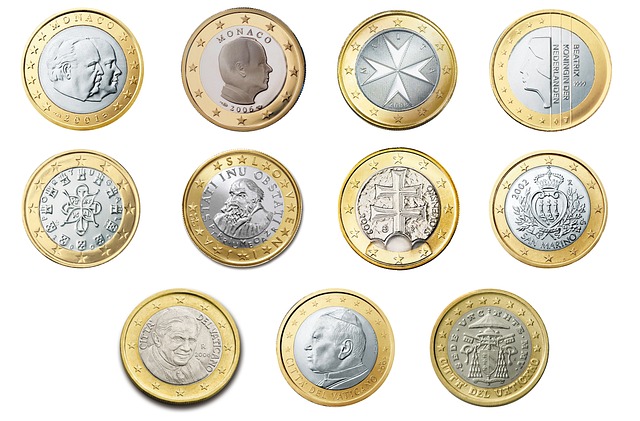
The Evolution of the Guitar: A Journey Through Time
The guitar, a beloved instrument across the globe, has a rich and fascinating history that spans centuries. From its ancient origins to the modern electric guitar, the evolution of this stringed instrument is a testament to human creativity and cultural exchange. Let's dive into the captivating story of the guitar and explore how it became the iconic instrument we know today. 🎸
Ancient Beginnings
The roots of the guitar can be traced back to ancient civilizations. While the exact origins are somewhat murky, it is widely believed that the earliest forms of guitar-like instruments emerged in medieval Spain. Influential predecessors include the four-string oud, brought to Iberia by the Moors in the 8th century, and the European lute, both of which played a significant role in shaping the sound and structure of the guitar.
Construction and Materials
Historically, guitars were crafted from wood, with strings originally made from catgut. The construction of these instruments involved various techniques, including the use of mortise and tenon joints, dovetail joints, and Spanish heel neck joints. Each method contributed to the stability and sound quality of the guitar, allowing it to evolve into the versatile instrument we cherish today.
The Rise of Steel Strings
Fast forward to the late 19th century in the United States, where the introduction of steel guitar strings marked a significant turning point in guitar history. This innovation not only enhanced the instrument's volume and sustain but also paved the way for new playing techniques and genres. By the time World War II rolled around, nylon and steel strings had become mainstream, further solidifying the guitar's place in music culture.
Guitar Types and Their Impact
As the guitar evolved, so did its various types. Acoustic guitars, electric guitars, and classical guitars each brought unique sounds and playing styles to the forefront. Acoustic guitars, known for their warm and resonant tones, are often favored in folk and country music. On the other hand, electric guitars revolutionized rock and pop music, allowing for a new level of expression and creativity. The diversity in guitar types has undoubtedly influenced countless musicians and genres, making the guitar a staple in music history.
Modern Innovations
Today, the guitar continues to innovate. With advancements in technology, we see the emergence of new materials and designs, including carbon fiber and digital interfaces. These innovations not only enhance playability but also expand the sonic possibilities for musicians. The guitar remains a canvas for artistic expression, bridging the gap between tradition and modernity.
Conclusion
From its ancient roots to its modern iterations, the guitar has undergone a remarkable transformation. Its ability to adapt and evolve has made it a central figure in music culture around the world. Whether strumming a classic acoustic or shredding on an electric, the guitar will always hold a special place in the hearts of musicians and music lovers alike. So, what's your favorite guitar moment? Share it below! 🎶

















 Anticodons Are Found on Which Type of Molecule
Anticodons Are Found on Which Type of Molecule 
 Health
Health  Fitness
Fitness  Lifestyle
Lifestyle  Tech
Tech  Travel
Travel  Food
Food  Education
Education  Parenting
Parenting  Career & Work
Career & Work  Hobbies
Hobbies  Wellness
Wellness  Beauty
Beauty  Cars
Cars  Art
Art  Science
Science  Culture
Culture  Books
Books  Music
Music  Movies
Movies  Gaming
Gaming  Sports
Sports  Nature
Nature  Home & Garden
Home & Garden  Business & Finance
Business & Finance  Relationships
Relationships  Pets
Pets  Shopping
Shopping  Mindset & Inspiration
Mindset & Inspiration  Environment
Environment  Gadgets
Gadgets  Politics
Politics 